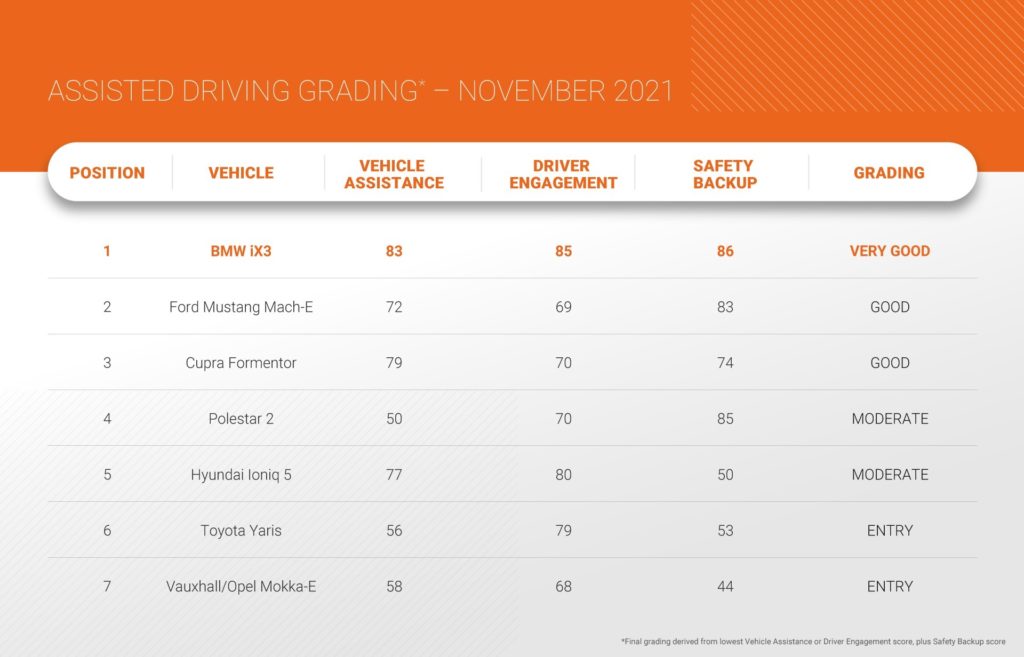Thursday, 9. December 2021
I remember many years ago being called by my Fiat dealer to give me the bad news that 3 cars I had on order for customers, on the top deck of a transporter, had been written off by a driver trying to drive under a bridge 2 feet too low for him to get under.
With modern Sat Nav’s being able to warn drivers of high vehicles that they were approaching a bridge too low to get under, I thought that was a thing of the past, not so according to Network Rail, here’s what they say:
Network Rail has relaunched its ‘Wise Up, Size Up’ campaign, reminding lorry drivers and haulage operators to take better care by knowing the height of their vehicles and choosing suitable routes before they head out on journeys.
The launch coincides with Network Rail revealing the most-struck railway bridges in the country.
The Coddenham Road bridge on the B1078 is most bashed bridge in Britain.
Located in Needham Market, Suffolk, the bridge was struck 19 times last year, amounting to £41,331 in unnecessary train delay and cancellation costs.
The other bridges on the list include St John’s Street bridge in Lichfield City, Staffordshire, and Harlaxton Road bridge, Lincolnshire – struck 18 and 16 times respectively.
The Network Rail warning to ‘Wise Up, Size Up’ comes ahead of the annual Black Friday and Christmas shopping rush – traditionally a peak period for bridge strikes – and as more newly qualified lorry drivers are expected on Britain’s roads this year to meet supply chain demands and fill the estimated 100,000 driver shortfall.
Sir Peter Hendy, chair of Network Rail, said: “Bridge strikes cause unnecessary delays, costs, and safety issues for road and rail users.
“To compound matters, they drain public funds which should be used on upgrading and improving our network.
“In recent years we’ve done a lot of work with partners across the industry to tackle the problem and whilst it’s encouraging to see numbers on the decline, there’s a lot more work to be done.”
Over the next four weeks, reminders to ‘Wise Up, Size Up’ will feature on posters at motorway service stations across Britain, urging drivers to check the size of their vehicles and their routes before setting off.
Hendy continued: “With Christmas fast approaching, we urge professional operators and drivers to properly plan their routes, know the height of their vehicles and look out for road signs warning of oncoming bridges.
“Those who don’t are at risk of losing their driver’s and operator’s licences, and Network Rail looks to recover the entire repair and delay costs from the driver’s employer.”
Network Rail’s 4E’s initiative – education, engineering, enablement and enforcement – aims to ensure haulage companies and their drivers are provided with the knowledge and tools they need to avoid striking bridges.
As part of this ongoing initiative, Network Rail has a team of bridge strike ‘champions’ covering each route across Britain, who raise awareness of the issue by visiting haulage companies and lead in managing bridge strike risk locally.
Most struck railway bridges in Britain 2020/21:
Coddenham Road Needham Market, Suffolk 19 strikes
St John’s Street Lichfield, Staffordshire 18 strikes
Harlaxton Road Grantham, Lincolnshire 16 strikes
Stuntney Road Ely, Cambridgeshire 15 strikes
Bromford Road Dudley, West Midlands 13 strikes
Watling Street Hinckley, Leicestershire 11 strikes
Warminster Road Wilton, Wiltshire 11 strikes
Ipswich Road Manningtree, Essex 10 strikes
Thames Street Staines-upon-Thames, Surrey, 10 strikes
Lower Downs Road Wimbledon, London, 10 strikes
Bridge strikes reported across the railway network in the last five financial years:
Year 2016/17 – 1,878 strikes
Year 2017/18 – 2,039 strikes
Year 2018/19 – 1,926 strikes
Year 2019/20 – 1,720 strikes
Year 2020/21 – 1,624 strikes
By Graham Hill thanks to Fleet News
Share My Blogs With Others:
These icons link to social bookmarking sites where readers can share and discover new web pages.























